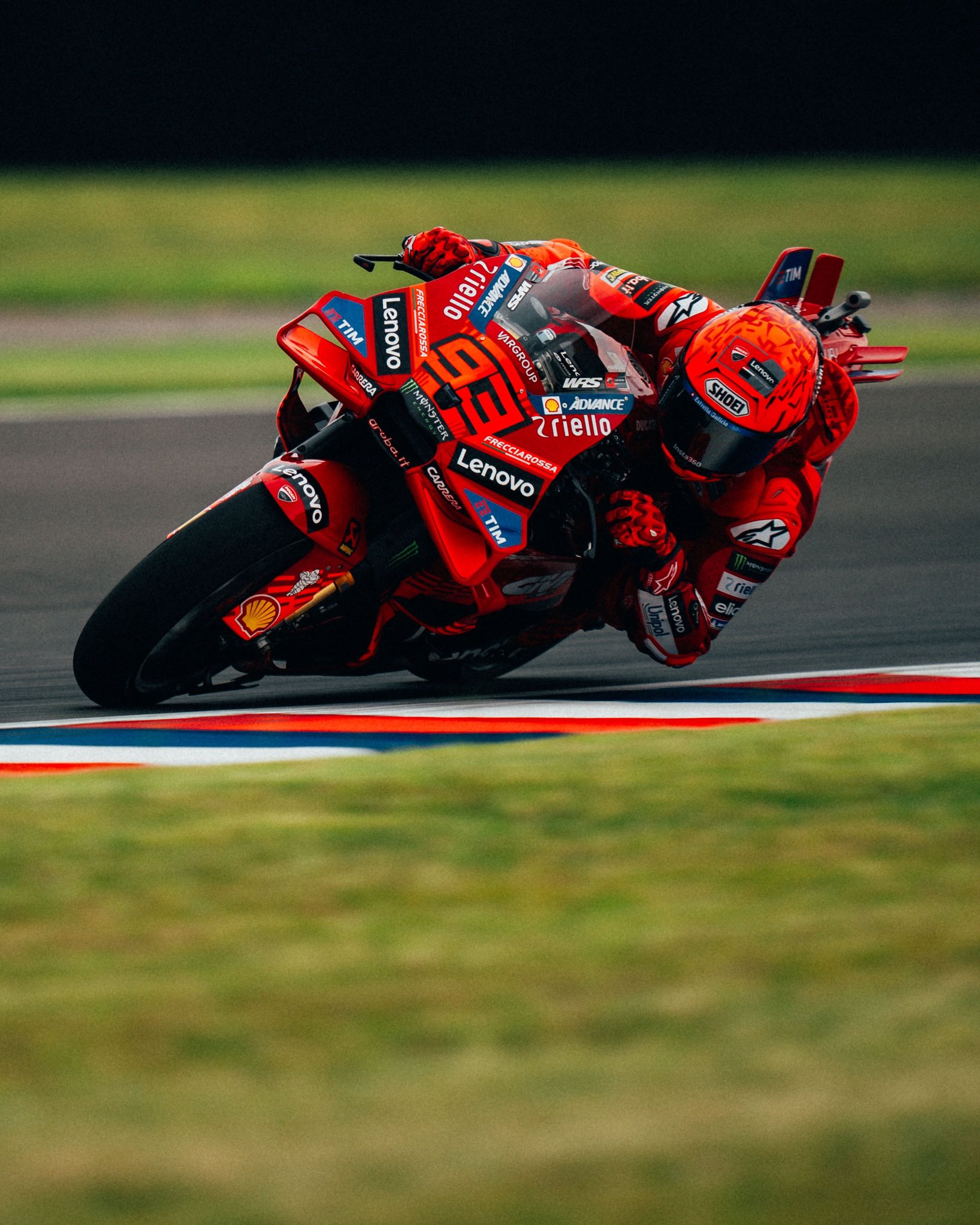“Nobody Can Afford It. It’s for the Rich,” FIA President Shines the Spotlight on the Cost of Entry-Level Motorsport
- Max Drinkwater-James

- Jan 30, 2024
- 3 min read
Written by Max Drinkwater-James, Edited by Tarun Suresh

FIA president Mohammed Ben Sulayem recently outlined the financial roadblock limiting the entry-level to karting.
Karting has been the main starting point for many motorsport journeys. Formula 1 world champions like Ayrton Senna, Sir Lewis Hamilton, Sebastian Vettel, and most recently Max Verstappen all first applied their trade in the karting paddock. In fact, eight of the twenty drivers on the 2023 Formula 1 grid had been Karting champions in their junior careers.
Of course, Karting doesn’t only supply the newest Formula 1 talent. Drivers such as Callum Illot, Dan Ticktum and Marcus Armstrong have all advanced into the premier motorsport categories of Indycar and Formula E respectively after having a venture into karting.
So this begs the question: why would the president of the FIA be criticising the cost of karting if so many drivers have been able to advance through its ranks?
Well, Ben Sulayem was quick to point out one major factor. “Who pays 250,000-300,000 for a ten-year-old to race for a season?”. The issue is that you need money and lots of money to start a racing career.
To enter karting, the most common route is to run out of your own back pocket using equipment you’ve paid for yourself. This means buying a kart, racing gear, spare parts, fuel, track day fees and so on, but I imagine you understand the picture. If you want to run your career self-funded then, you’ll be paying for everything and anything to do with the sport.
The other route to running in karting is through a team. This most commonly entails you paying a fee to run under a team's name and learn from more experienced drivers and mechanics, however, these fees can still be extortionate, varying on the level of the team.
The second route is more suitable for individuals who have experience in karting and are committed to building a career in motorsports, and that is through getting sponsorship from a team or a manufacturer.
This option also requires a financial investment, but it comes with the advantage of receiving various free services. This will also come at a cost, but the driver can also receive a lot of free services. Many drivers such as Lando Norris, Fernando Alonso and Daniel Ricciardo have set up karting teams looking to bring through the next crop of talent.

This is where the term “pay driver” tends to float around. Drivers who thrive in karting tend to be from backgrounds where parents can thrust large portions of cash into their child's career to get them in the best equipment with the best team.
So yes, some drivers may have financial backing when reaching a professional seat, but almost every driver has been a “paid driver” due to the need for substantial funding to get started, and this is only the beginning.
The transition from Karts to cars can cause most drivers to stop unless they have been picked up by a professional team who will fund their careers through their respective academies.
What can be done?
Ben Sulayem highlighted a proposed plan “intended for the regions of China, Africa, South America and Asia” to make motorsport more affordable, specifically in karting.
Could these be cheaper karts? Cheaper running costs? Or are they just generally cheaper seasons to run in? Time will only tell but it's clear and obvious that the issues have been addressed, and change in the right direction is likely on the horizon.












Comments